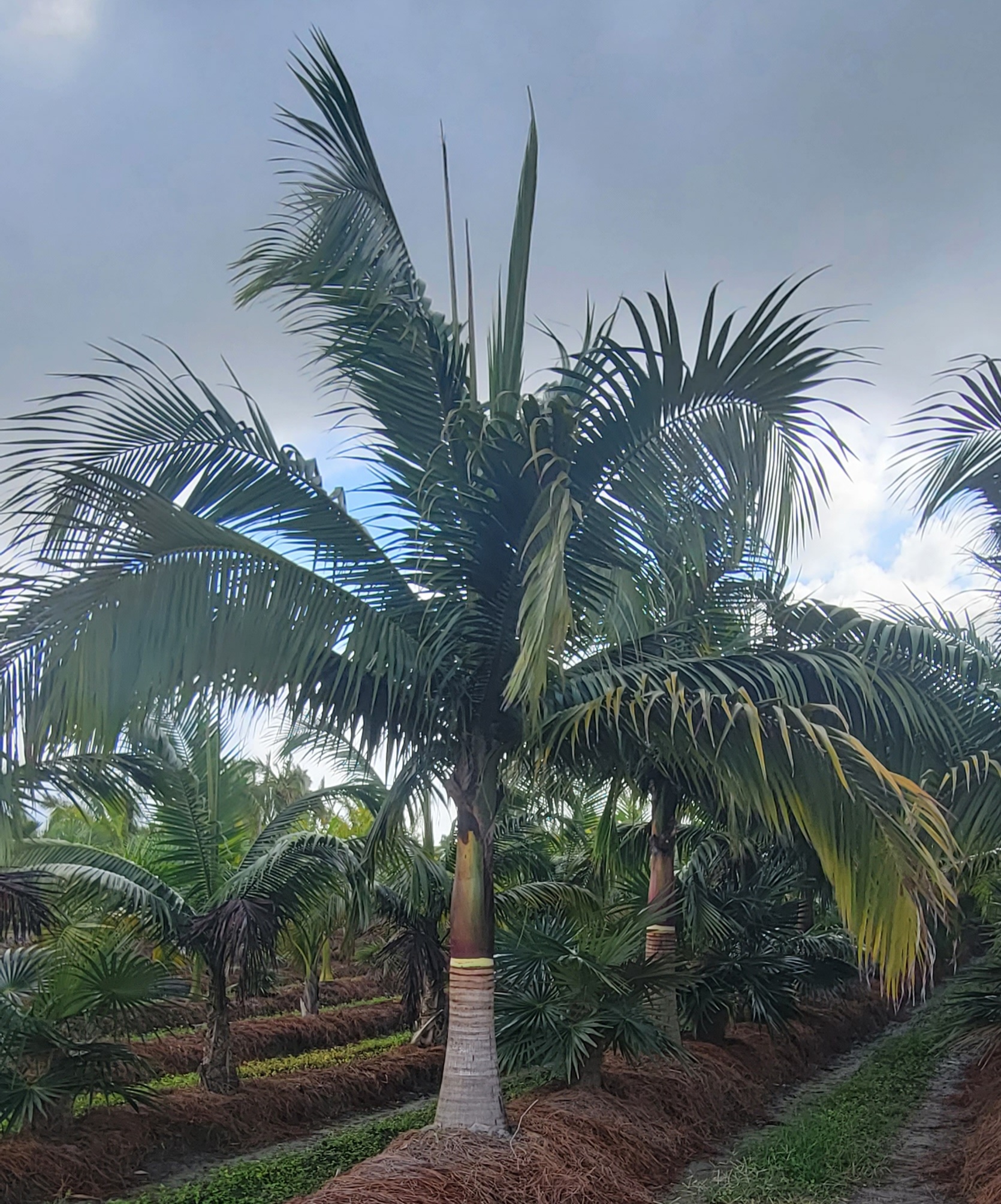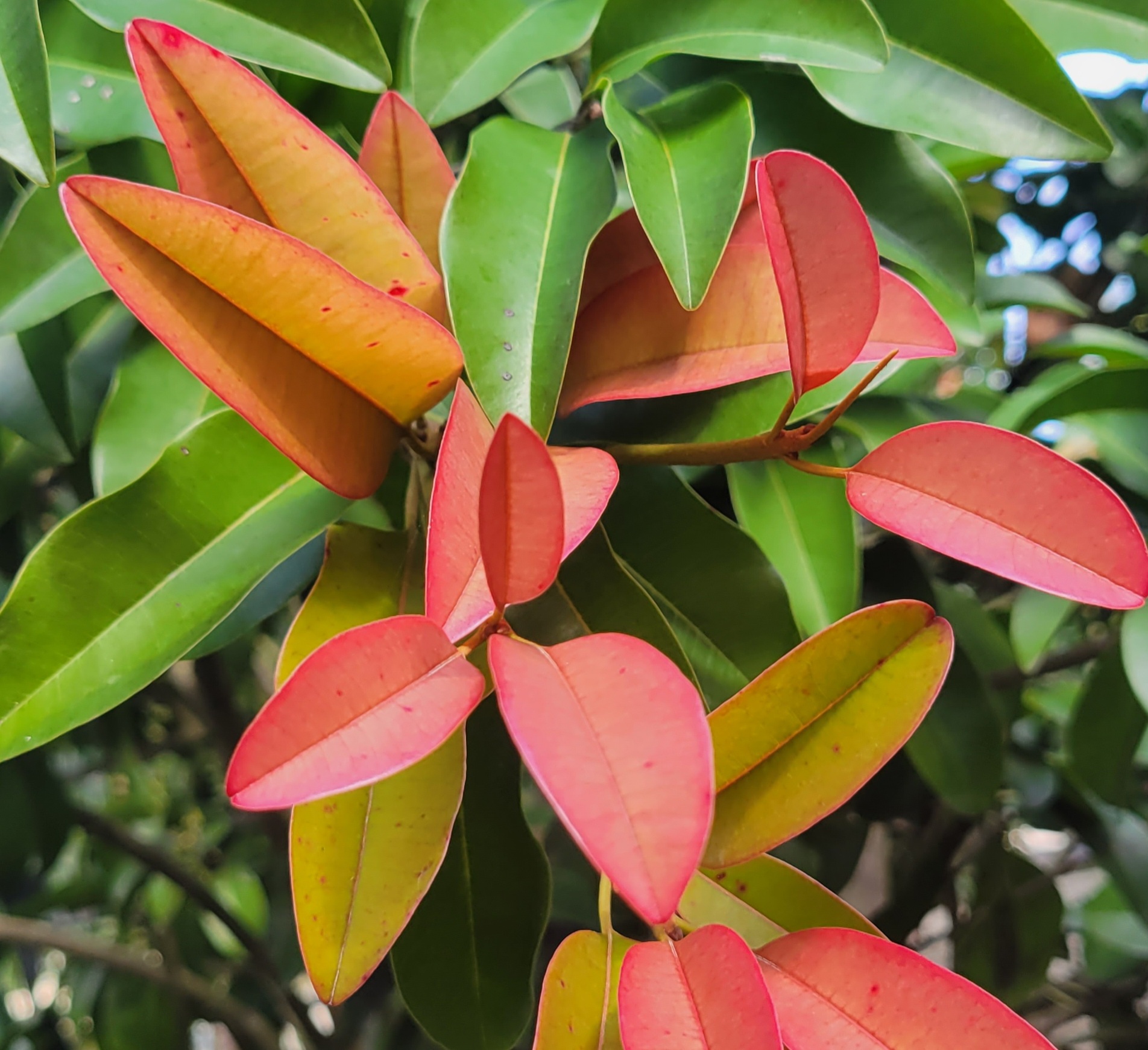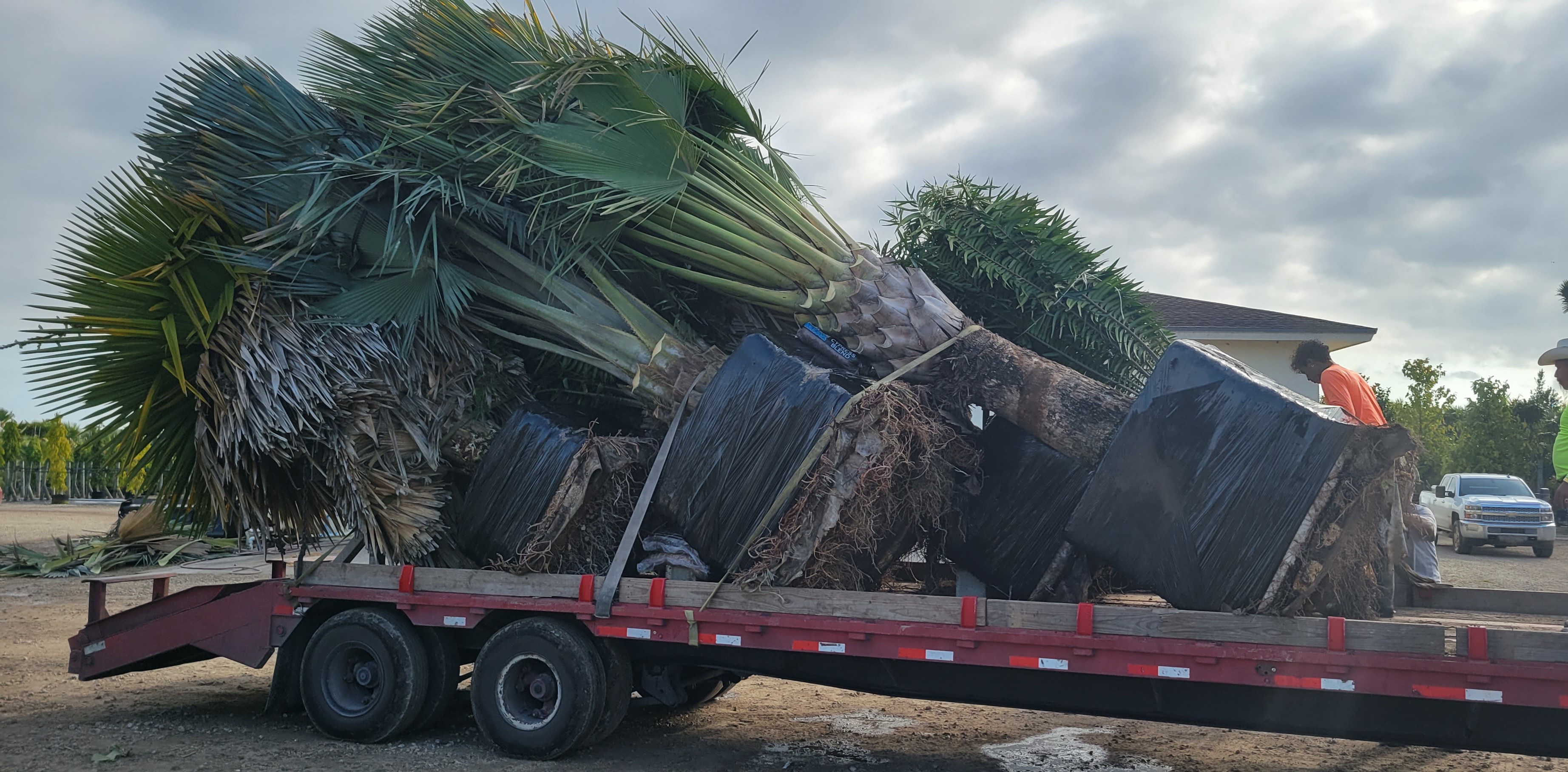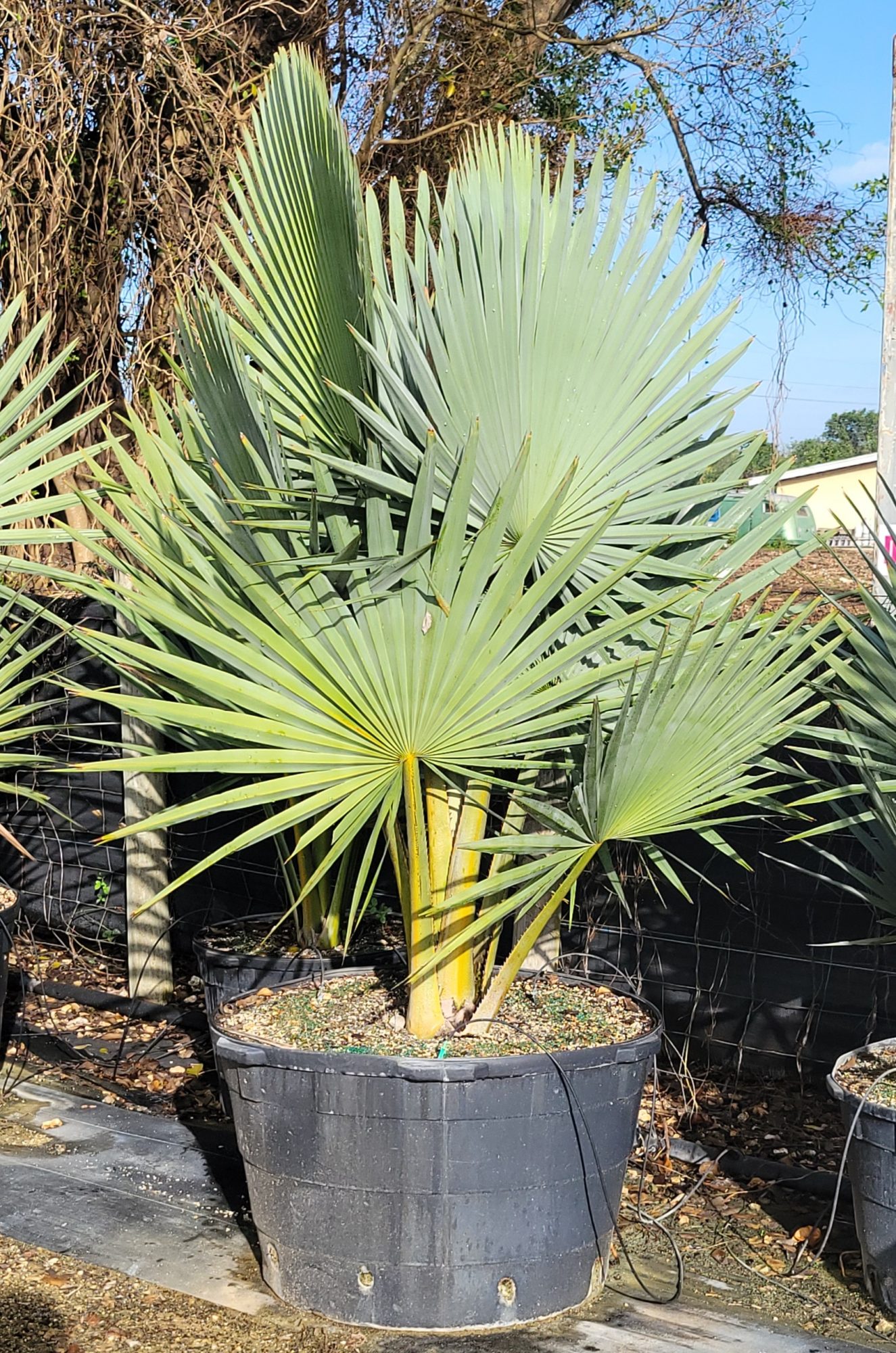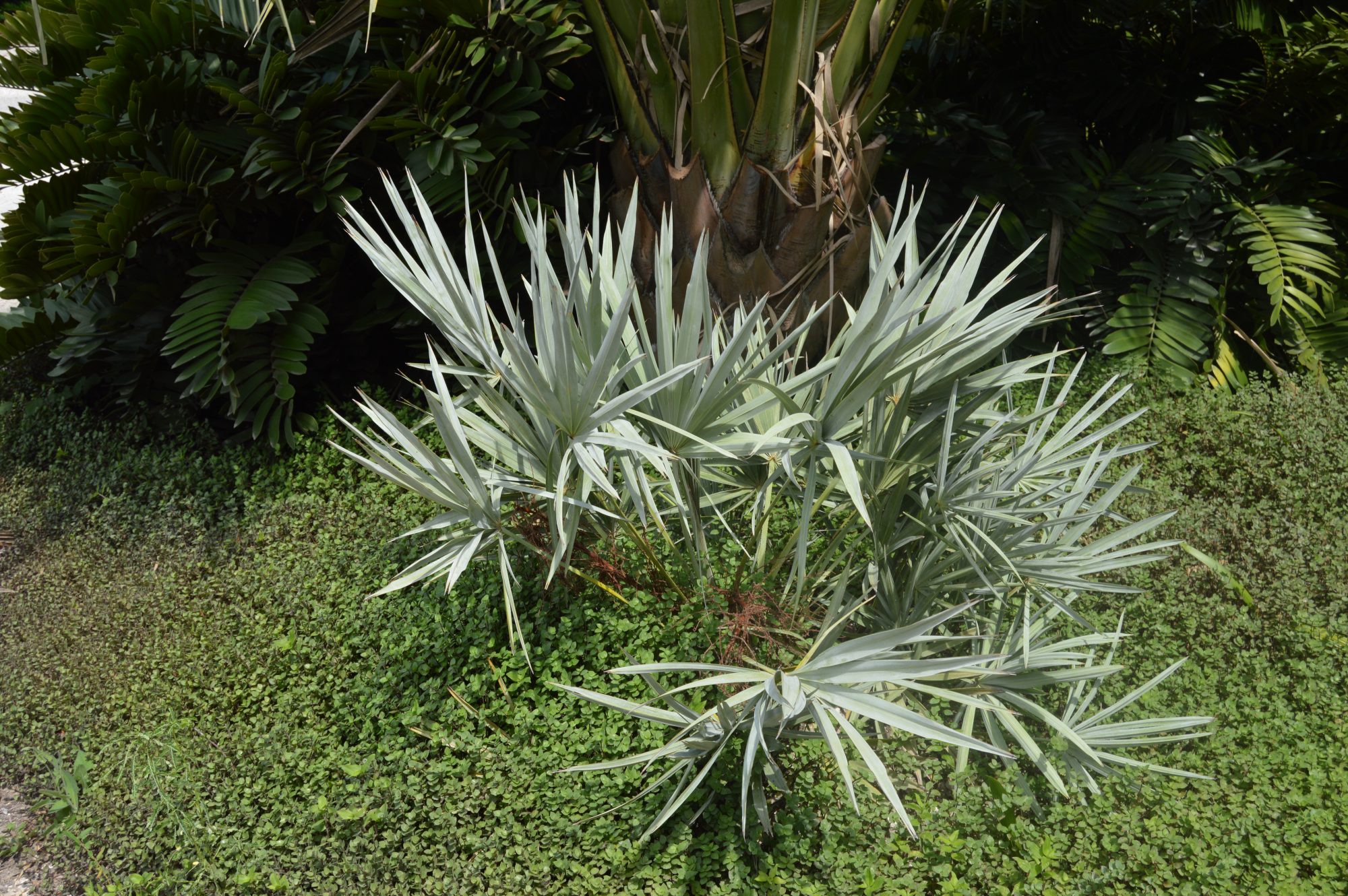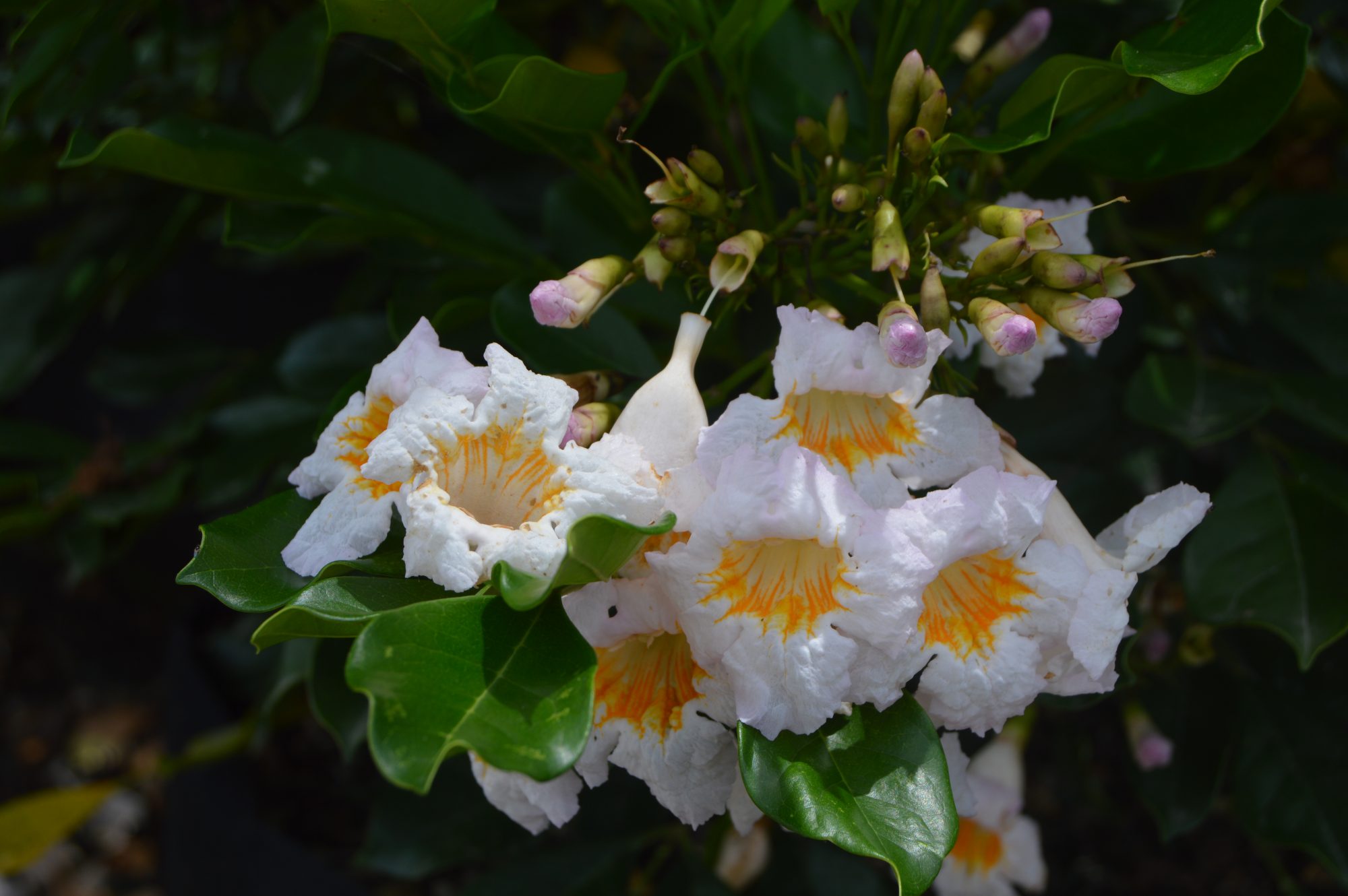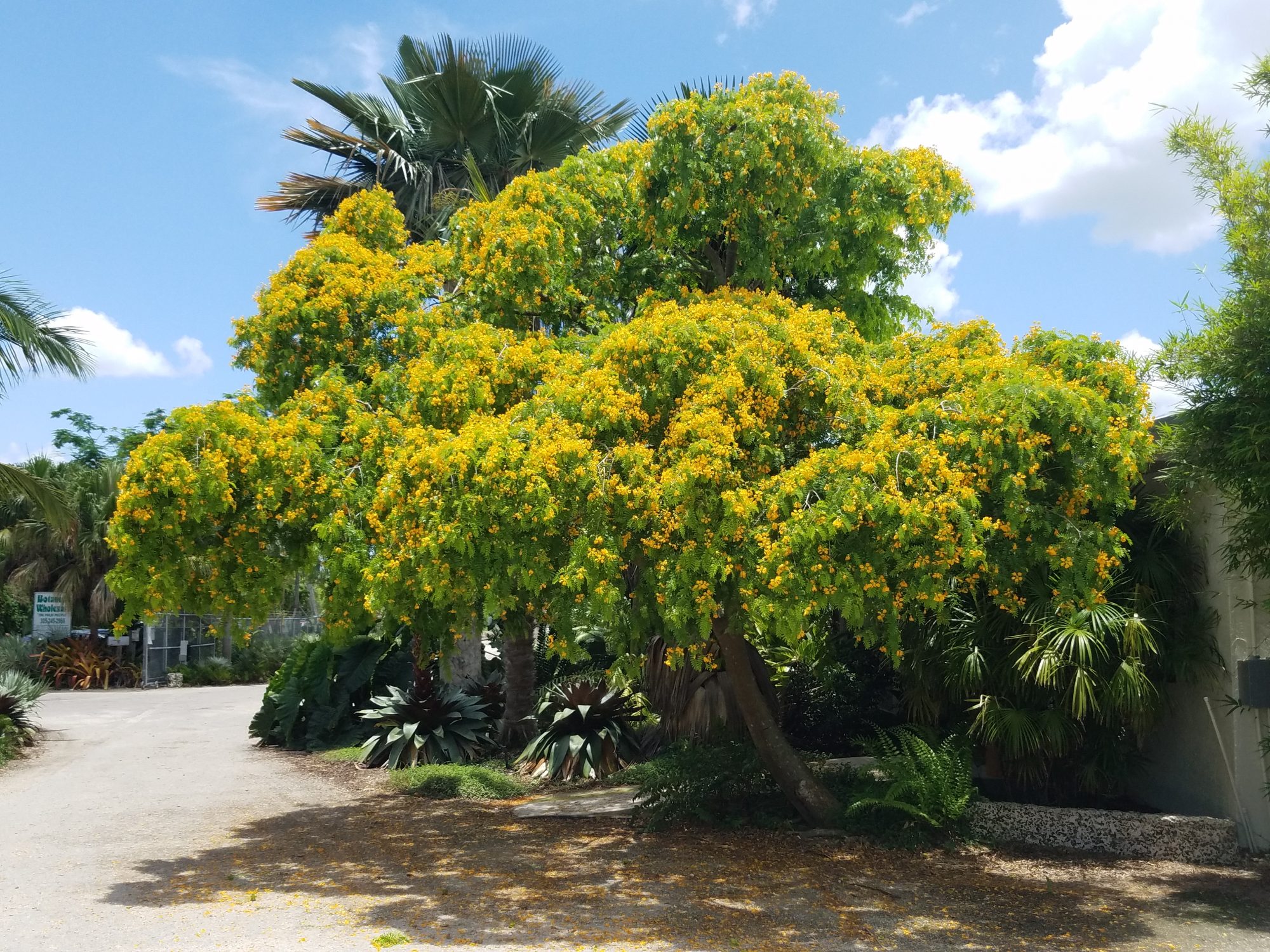The Satake Palm is native to the Ryuku Islands of Japan. It is a moderately fast grower and is tolerant to coastal conditions. The trunk shows attractive leaf base scars while the crownshaft has distinct purple coloration.
Originally native to Mexico, Sapodilla (chicle) is extremely salt tolerant and can thrive in various soil types. The sap of this tree has traditionally been used to make chewing gum. This cultivar produces flushes of bright red new growth and extra large fruit. 100g specimens available! XXL Sapodilla Fruit
We are growing large, containerized specimens of rare and outstanding varieties. As they are container grown, we have eliminated the chance for transplant shock. With a large selection available, we are confident of our ability to offer “Quality in Quantity” to assist in your quest to construct your personal botanical garden..
Growing to 60’ with a beautiful silver sheen, this highly sought after Cuban native represents the largest member of the genus. It requires full sunlight, supplemental fertilization, adequate moisture and plenty of space to grow. While once exceedingly difficult to find, we have been able to cultivate and grow these in larger numbers with… READ MORE
Native to the Southeast United States, the Saw Palmetto (Serenoa repens) produces clustering trunks that often spread underground before emerging above the soil line. Though typical heights might reach six to eight feet, much taller specimens are not uncommon. Saw Palmettos are highly adaptable to numerous soil conditions, thrive in direct seaside plantings and can… READ MORE
The Dwarf Tree Jasmine (Radermachera kunming) is capable of reaching a height in excess of 20’ as a small tree, though it is easily maintained as a smaller, columnar specimen or planted in greater numbers as a hedge. The year round blooms are prolific and highly fragrant. Another characteristic that makes this such a desirable… READ MORE
The Verawood (Bulnesia arborea) is native to Colombia and Venezuela. It typically reaches a height of 40’, though can grow larger in time. The Verawood was first introduced to the United States by Dr. David Fairchild and has become popular due to its attractive yellow flowers that are produced in late spring and again in… READ MORE

